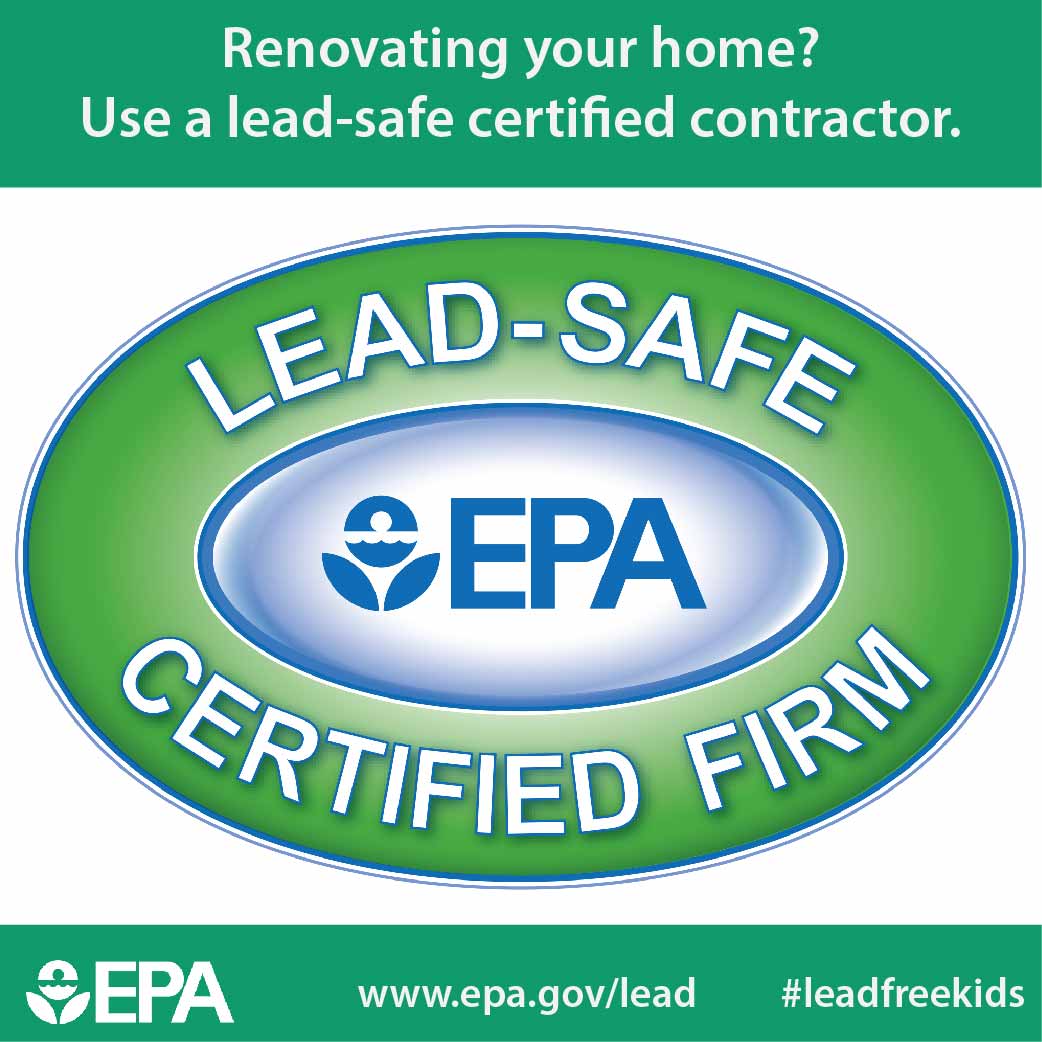Seasonal Factors In Industrial Outside Paint: Key Insights You Should Recognize
Seasonal Factors In Industrial Outside Paint: Key Insights You Should Recognize
Blog Article
Write-Up Created By-Korsholm Decker
When you're preparing an industrial exterior painting job, seasonal factors can make or damage your outcomes. You'll wish to consider how temperature level and moisture effect paint application and drying out times. Selecting the ideal period can ensure your paint adheres properly and lasts much longer. Yet which click this over here now are really the best for this sort of work? Let's discover the key elements that can influence your job's success.
The Influence of Temperature Level on Paint Application
When you're preparing a commercial external paint project, the temperature can substantially affect just how well the paint sticks and dries out.
Ideally, you want to repaint when temperatures vary in between 50 ° F and 85 ° F. If it's also cold, the paint may not treat properly, causing issues like peeling off or breaking.
On the other hand, if it's also hot, the paint can dry out as well rapidly, avoiding correct attachment and resulting in an irregular finish.
You should also consider the time of day; early morning or late afternoon offers cooler temperature levels, which can be a lot more beneficial.
Constantly check the producer's recommendations for the certain paint you're utilizing, as they frequently supply advice on the suitable temperature variety for optimal results.
Humidity and Its Impact on Drying Times
Temperature level isn't the only ecological variable that affects your business exterior painting task; humidity plays a considerable duty too. click the up coming website can slow down drying out times drastically, impacting the general top quality of your paint work.
When the air is filled with moisture, the paint takes longer to heal, which can lead to problems like bad adhesion and a greater threat of mold growth. If you're repainting on a specifically humid day, be gotten ready for extensive delay times between coats.
It's critical to monitor local climate condition and plan as necessary. Ideally, aim for moisture levels in between 40% and 70% for ideal drying.
Keeping these factors in mind ensures your project stays on track and supplies a long-term surface.
Best Seasons for Commercial Exterior Painting Projects
What's the most effective time of year for your commercial exterior painting tasks?
Spring and very early loss are typically your best bets. During these periods, temperatures are light, and humidity degrees are typically reduced, developing perfect conditions for paint application and drying out.
Avoid summer season's intense heat, which can create paint to dry also rapidly, leading to poor adhesion and finish. In a similar way, winter months's cold temperature levels can impede proper drying and curing, taking the chance of the long life of your paint work.
Aim for days with temperatures between 50 ° F and 85 ° F for optimum outcomes. Bear in mind to check the regional weather prediction for rain, as wet conditions can ruin your task.
Preparation around these aspects guarantees your paint project runs efficiently and lasts much longer.
Final thought
To conclude, preparing your commercial outside painting jobs around seasonal considerations can make a substantial difference in the end result. By organizing job throughout the perfect temperature levels and moisture degrees, you'll make certain better adhesion and drying times. Remember to watch on regional weather report and select the right time of year-- spring and very early fall are your best bets. Taking these steps will aid you attain a resilient and professional finish that lasts.
